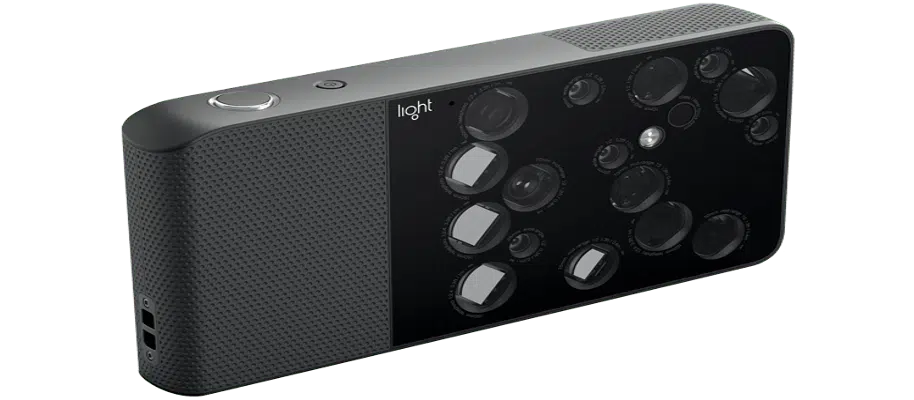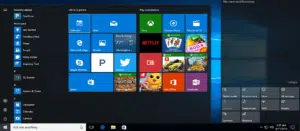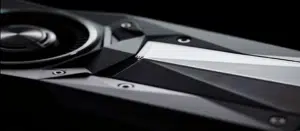Yes, you heard that right! One Camera with 16 lenses has now published the start-up "Light". The Light L16 promises images with innovative software up to 52 megapixels! The whole thing is made possible by a groundbreaking algorithm that triggers 10 camera images at the same time and superimposes the resulting images in such a way that an unprecedented level of sharpness is achieved. Especially not for a camera measuring 16,5 x 8,45 x 2,4 cm. We took a closer look at the L16 and now understand the potential behind it. Not without reason, 65 million have already been invested in the company, among other things from Google, Stepstone or Eclipse.
"The software is as important as the hardware"
With such an impressive capital, of course, large media companies have long since become aware of it. The Wall Street Journal in particular presented the L16 revolution well:
What's radical about the L16 is that it makes camera software as important as the hardware.
With this statement, the worldwide magazine hits the nail on the head. The technology is impressive. Simply explained, it can be presented as follows: Until now, a camera has always been operated with a single lens. Accordingly, the quality of the image depends on the hardware: the better the lens, the better the image (of course, the rest of the camera also plays its part, but let's leave it at that). If the L16 now takes a picture, not only one lens takes care of the sharpness, but 10 to 16!
In plain language this means: Each lens has a slightly different viewing angle, a slightly different perspective. Both 28mm, 70mm and 150mm lenses fire simultaneously, creating 10 distinct frames. Then it's the algorithm's turn: it superimposes the individual images in such a way that it can display every square millimeter of the image sharply, which can result in up to 52 megapixels.
So far only possible on the PC
There is one more thing that is important to mention. The first generation of the L16, which incidentally costs 2.000 euros in Europe, has so far only managed this algorithm using the supplied software on the PC. The Light L16 itself is just a slimmed-down version of the photos that can be shared directly to social media, but aren't 52 megapixels.
Investors are hoping for a digital revolution - as you can easily see from the investment amount. A compact camera that shoots sharper than any SLR because the software is more important than the hardware for the first time. If this hoped-for success occurs, the second generation of the L16 should also be able to do this on the go and thus display the sharpest photos on the end device.
The depth focus is awesome. Because the Light L16 focuses every part of the image with its different lenses, a special focus can be selected afterwards and thus redefined again and again after the image has been taken. This has never been possible in this form before.
Conclusion
In practical tests, the software repeatedly reached its limits and could not display some images without errors. This is of course fatal when you are so proud of the software. The sale may have come a little too early, but according to Light, these errors will be fixed in the next few months in such a way that no more complications will arise.
In addition, all major photo manufacturers refuse to accept this technology because they see no future in software-dominated cameras. For the price of 2.000 euros, the Light L16 will also have a hard time on the market. So we remain curious what the L16 will achieve. The fact is that the technology is groundbreaking, so whether it will catch on is not yet guaranteed.








